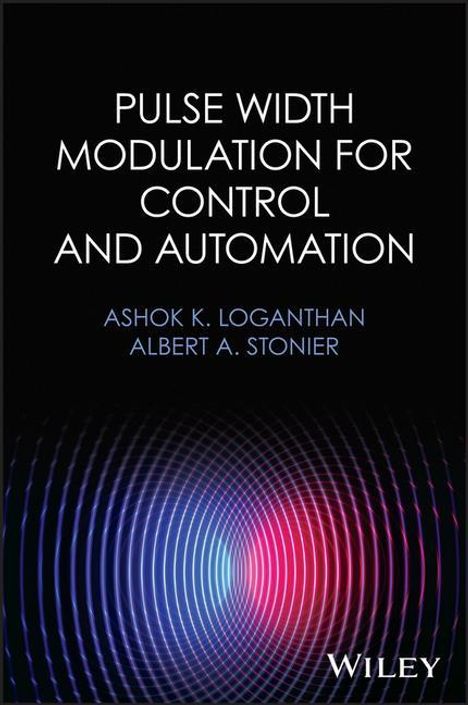Ashok K. Loganthan: Pulse Width Modulation for Control and Automation, Gebunden
Pulse Width Modulation for Control and Automation
Sie können den Titel schon jetzt bestellen. Versand an Sie erfolgt gleich nach Verfügbarkeit.
- Verlag:
- Wiley, 08/2026
- Einband:
- Gebunden
- Sprache:
- Englisch
- ISBN-13:
- 9781394177332
- Artikelnummer:
- 11145614
- Umfang:
- 450 Seiten
- Gewicht:
- 666 g
- Erscheinungstermin:
- 24.8.2026
- Hinweis
-
Achtung: Artikel ist nicht in deutscher Sprache!
Klappentext
Learn to control and modify electrical output with this cutting-edge introduction
Pulse width modulation (PWM) is a method of modifying the amount of power delivered by an electrical supply by switching the electrical signal on and off at fixed intervals. The period between 'off' cycles--the pulse--can be adjusted to ensure that a given device is receiving no more power than it can use. PWM's applications in electrical engineering are innumerable, and its role in controlling output from sustainable energy sources has only increased its importance in the modern energy landscape.
Pulse Width Modulation for Control and Automation provides a comprehensive overview of the wide-ranging control topologies. It combines the theoretical concepts underlying pulse width with the practice of controlling pulse width, covering both principles and practical applications. The result is a book which takes readers from fundamentals to experimental results.
Pulse Width Modulation for Control and Automationreaders will also find:
- Implementation guidelines pertinent to residential, commercial, and industrial energy use, and more
- Detailed simulation exercises to reinforce learning
- Coverage of control topologies including both conventional and intelligent controllers
Pulse Width Modulation for Control and Automationis a must-have for electrical engineers and professionals working in energy systems, energy storage, and adjacent fields.

